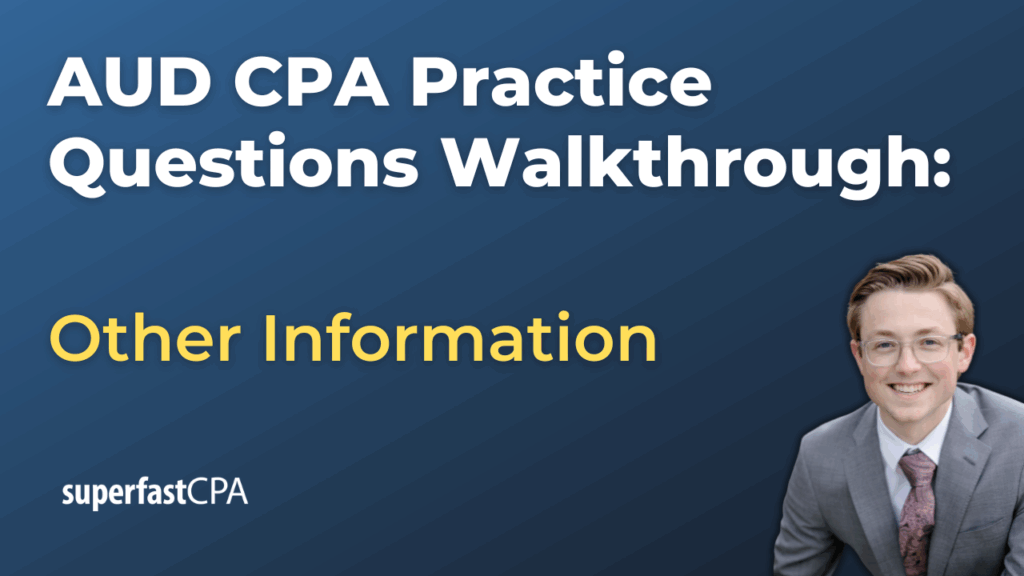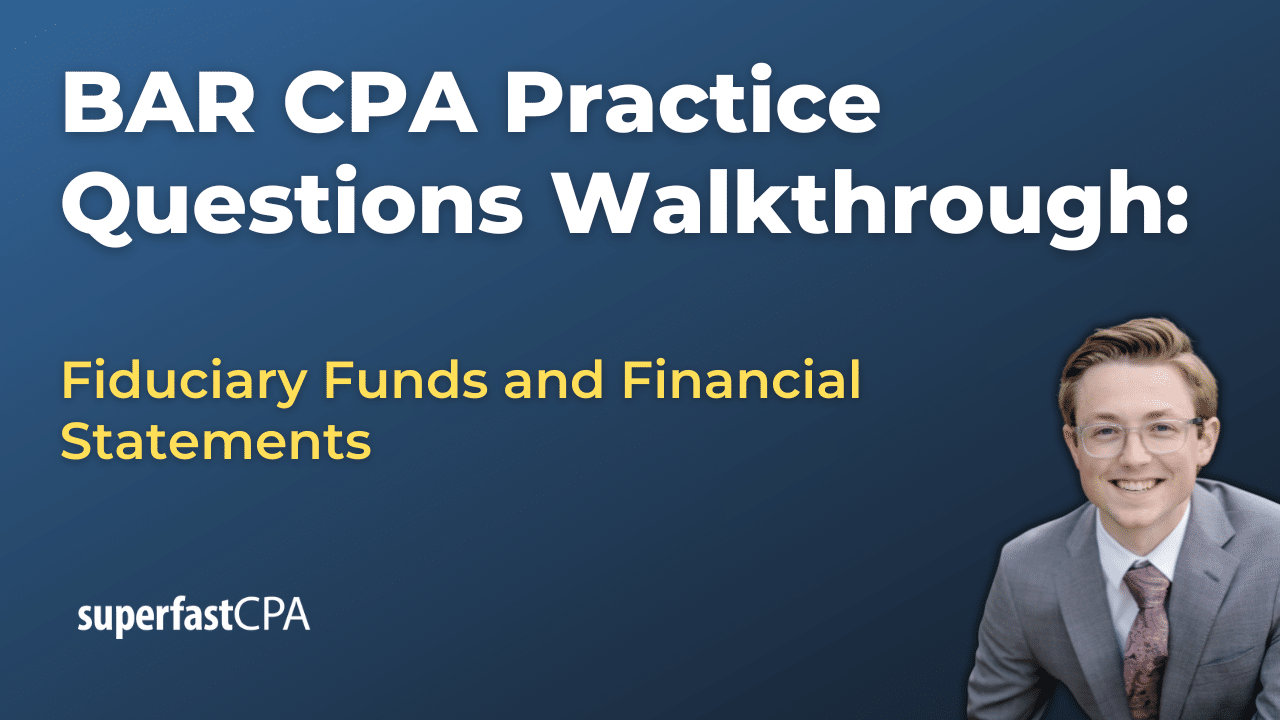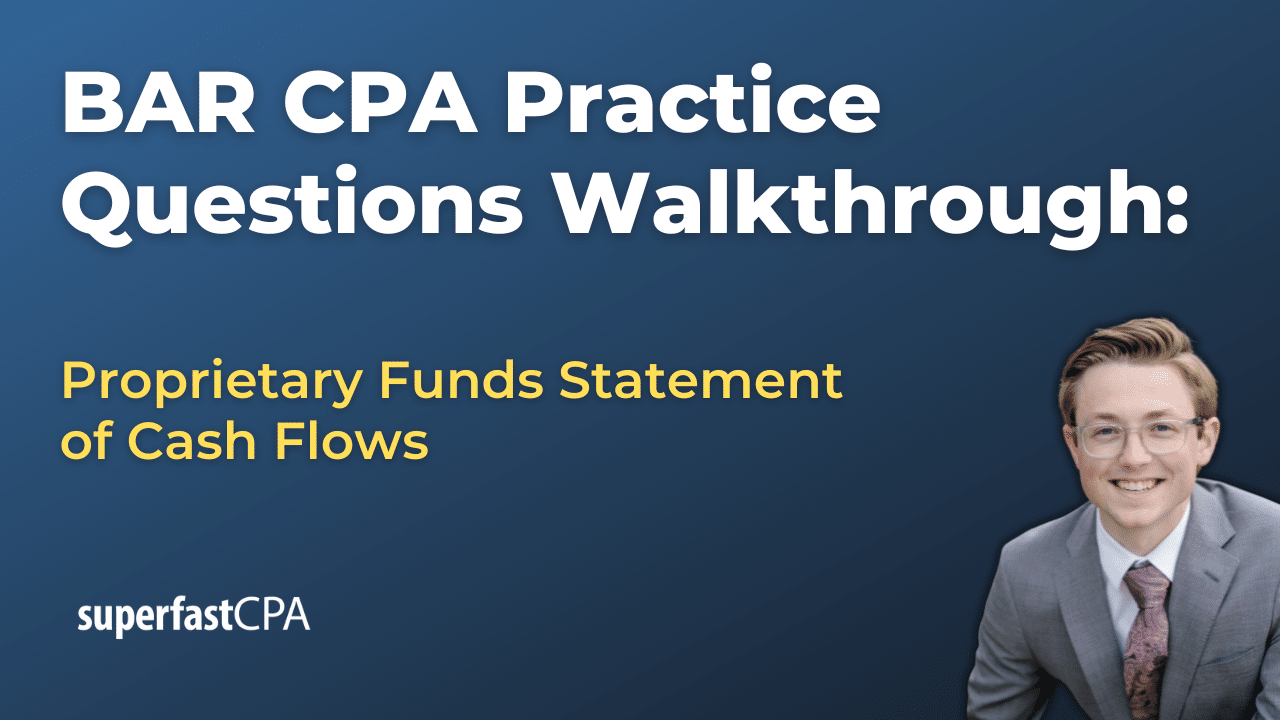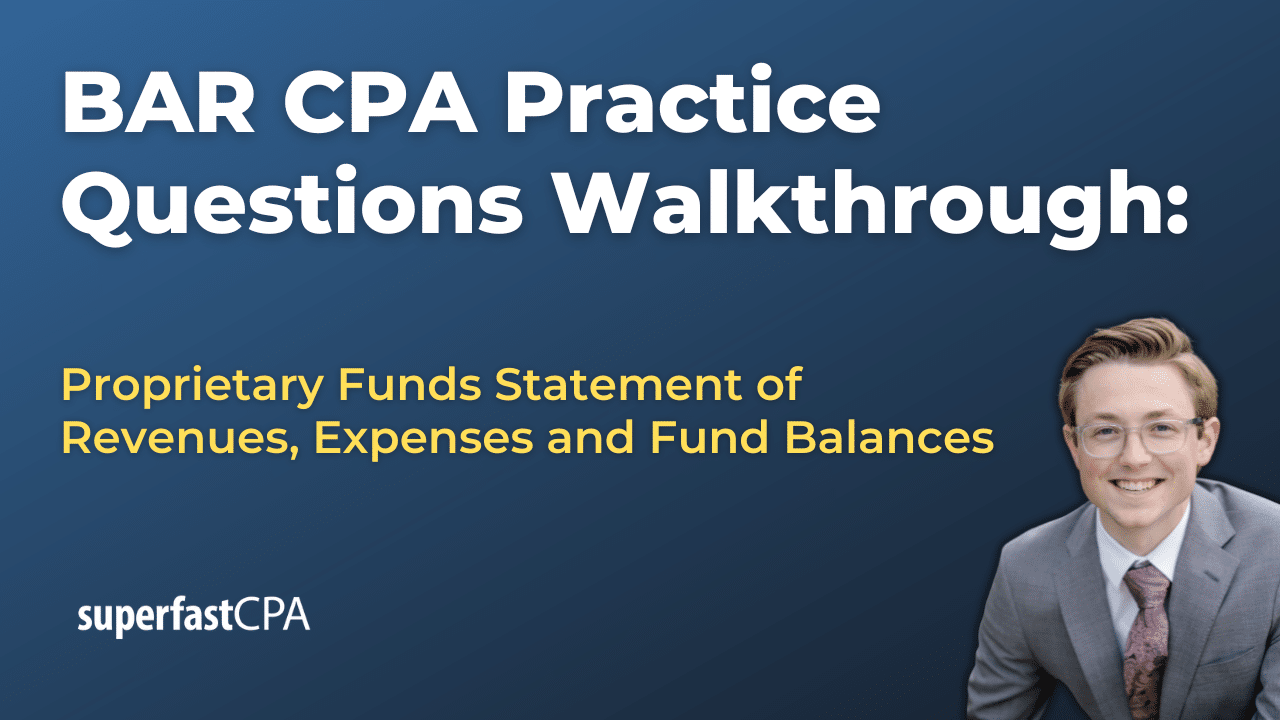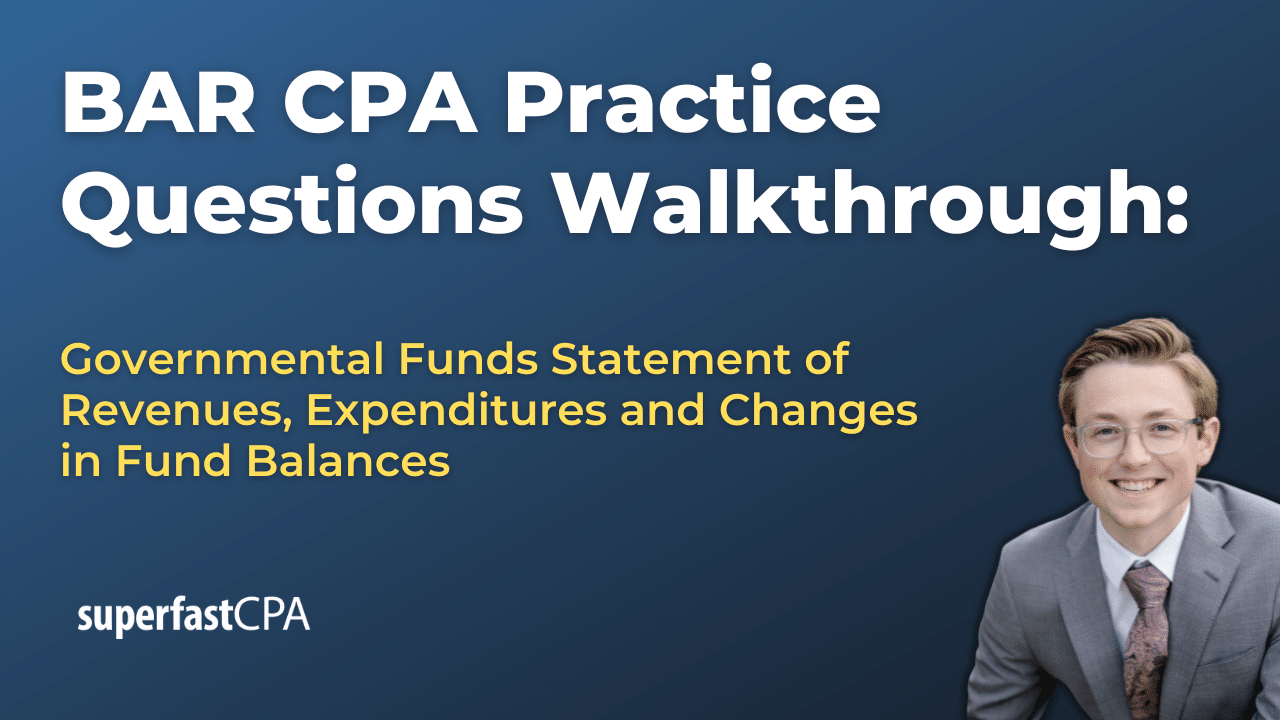In this video, we walk through 5 AUD practice questions teaching about other information. These questions are from AUD content area 4 on the AICPA CPA exam blueprints: Forming Conclusions and Reporting
The best way to use this video is to pause each time we get to a new question in the video, and then make your own attempt at the question before watching us go through it.
Also be sure to watch one of our free webinars on the 6 “key ingredients” to an extremely effective & efficient CPA study process here…
Other Information
When companies release their audited financial statements, they often appear as part of a larger document—such as an annual report—that includes a mix of narrative, visual, and unaudited financial content. This additional content is called “other information,” and although it’s not audited, auditors still have specific duties related to it.
This post outlines what qualifies as other information, what auditors must do, what they are not required to do, and how these responsibilities are reflected in the audit report.
What Is “Other Information”?
“Other information” refers to content that appears in a document alongside the audited financial statements but is not part of those statements or the auditor’s report. Examples include:
- Management’s Discussion and Analysis (MD&A)
- Charts or summaries of financial data over time
- Operating statistics or performance metrics
- Letters from the CEO or board
- Descriptions of market trends or future plans
For example, if a company publishes an annual report containing its audited financials, an MD&A section, and a five-year financial summary, the MD&A and the summary are considered other information.
Note: Documents like press releases, separate investor decks, or website postings are not considered other information unless they are physically included in the same document as the audited statements.
What Auditors Are Required to Do
Auditors are required to read the other information and determine whether:
- It contains a material inconsistency with the audited financial statements, or
- It includes a material misstatement of fact
This means the auditor must use professional judgment to evaluate whether anything in the other information conflicts with the knowledge obtained during the audit.
Example: If a company’s annual report claims that revenue increased 20%, but the audited income statement shows only a 5% increase, the auditor would need to investigate the discrepancy.
No Additional Audit Procedures Required
Auditors are not required to:
- Perform audit procedures such as tests of details or analytical procedures on the other information
- Verify or corroborate statements in the other information
- Express any form of assurance on it
Their responsibility is limited to reading the content and applying a reasonable level of professional skepticism. They do not need to trace numbers to supporting documentation unless something appears materially wrong.
Responding to Material Inconsistencies or Misstatements
If the auditor identifies a material inconsistency between the other information and the audited financial statements—and the financial statements themselves do not require revision—the auditor should request that management revise the other information.
If management refuses to correct the information appropriately, the auditor should:
- Consider modifying the auditor’s report
- Communicate with those charged with governance
- In some cases, consider withdrawing from the engagement
Example: If a letter from the CEO claims “no pending litigation,” but the audit revealed a material lawsuit disclosed in the footnotes, the inconsistency must be addressed. If management will not revise the CEO’s letter, the auditor must take further action.
Reporting Requirements for Issuers and Nonissuers
How the auditor documents these responsibilities depends on the type of entity:
- For issuers (public companies), the auditor’s report must include a separate section titled “Other Information.” This section describes the auditor’s responsibility and whether any inconsistencies were found.
- For nonissuers (private companies), if an issue is identified and unresolved, the auditor may include an other-matter paragraph or modify the opinion depending on the situation.
Example language for issuers:
“Other Information: We have read the other information accompanying the financial statements. We did not audit or review it, and we do not express any form of assurance thereon…”
Summary of Key Takeaways
Here are the five core points to remember about auditor responsibilities related to other information:
- Auditors are required to read the other information accompanying the audited financial statements.
- They are not required to perform audit procedures or provide assurance over this information.
- If they find a material inconsistency and the client refuses to revise the information, the auditor may need to modify the report or withdraw.
- Public company audit reports must include a section titled “Other Information” outlining these responsibilities.
- Only information included in the same document as the audited financials falls within this scope.

